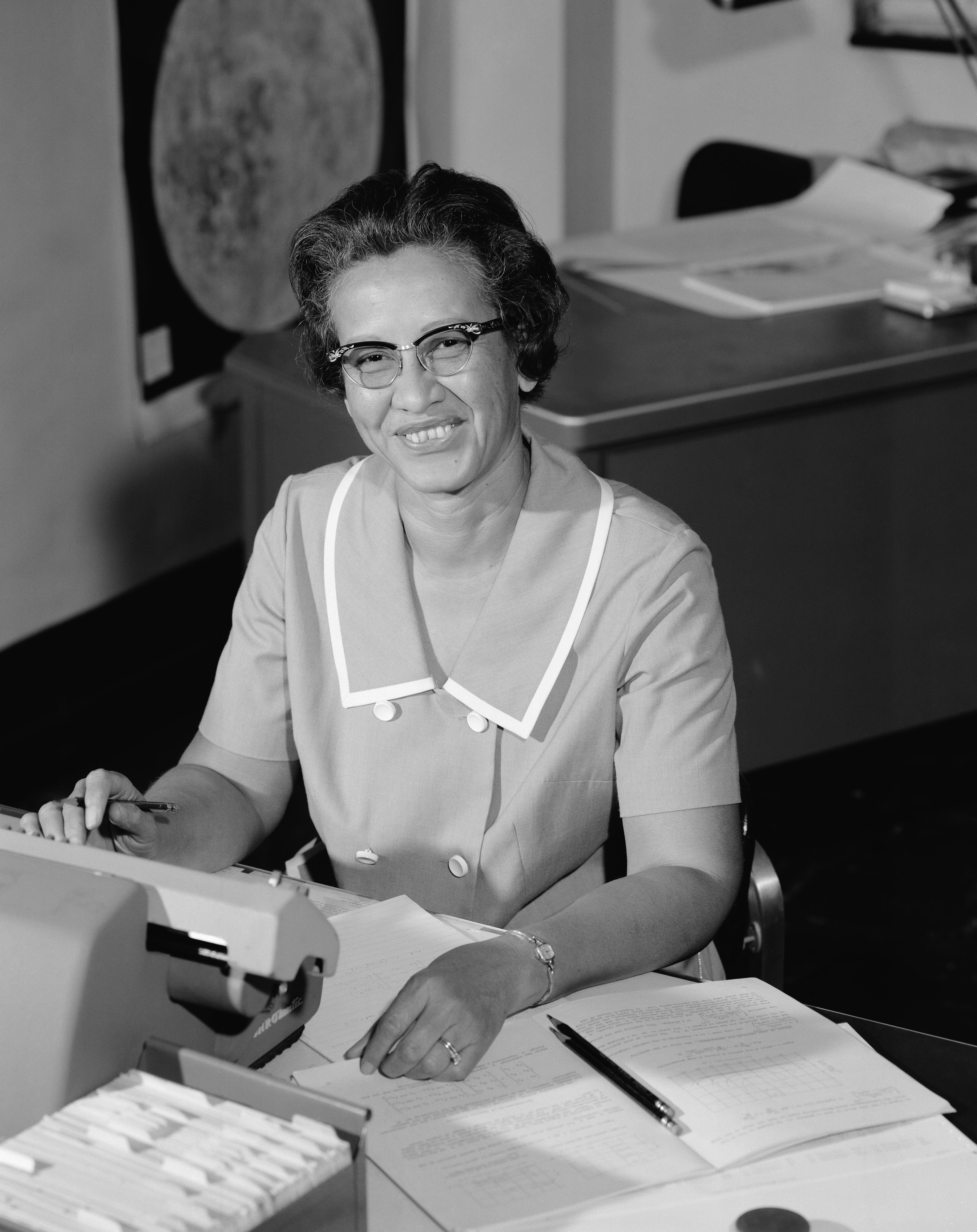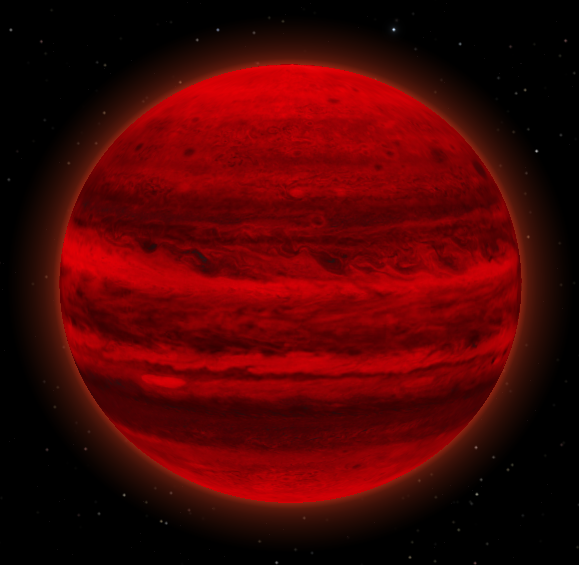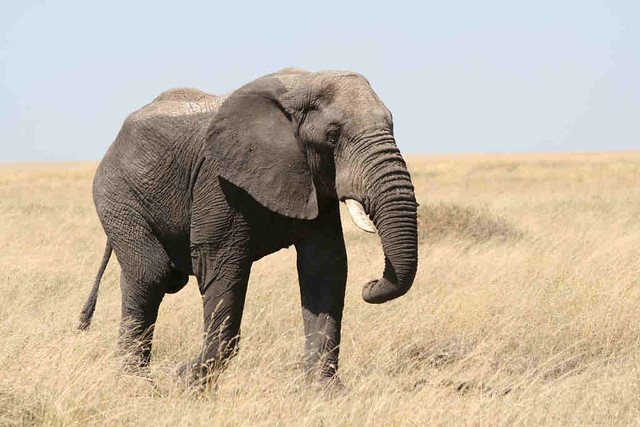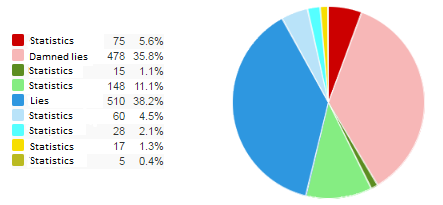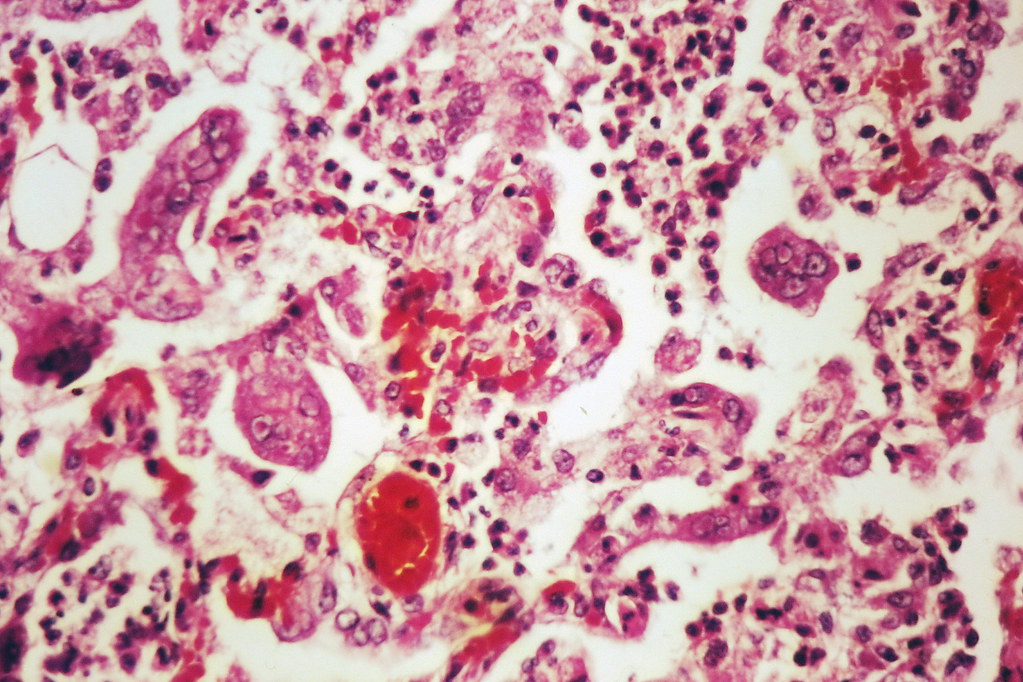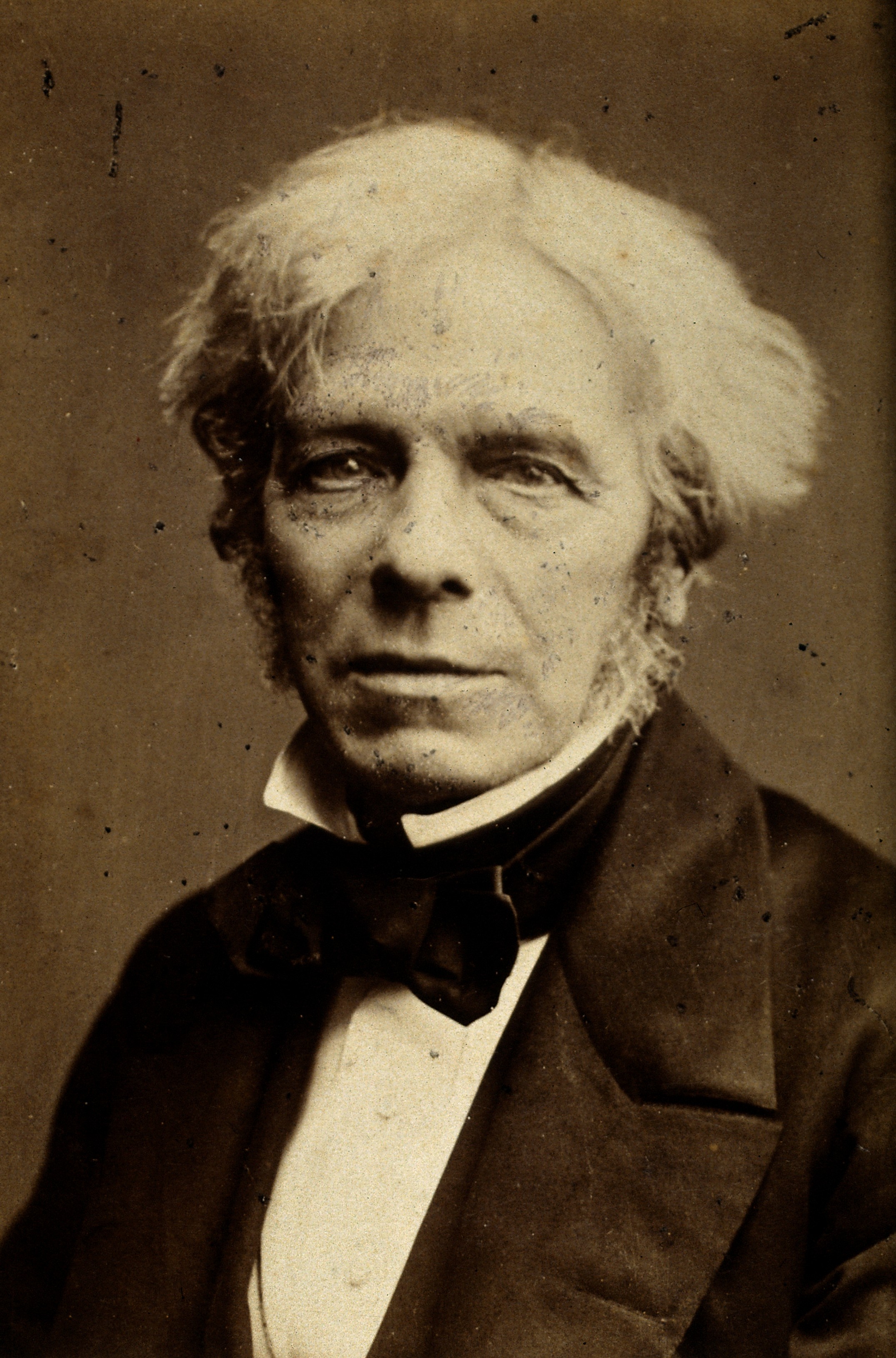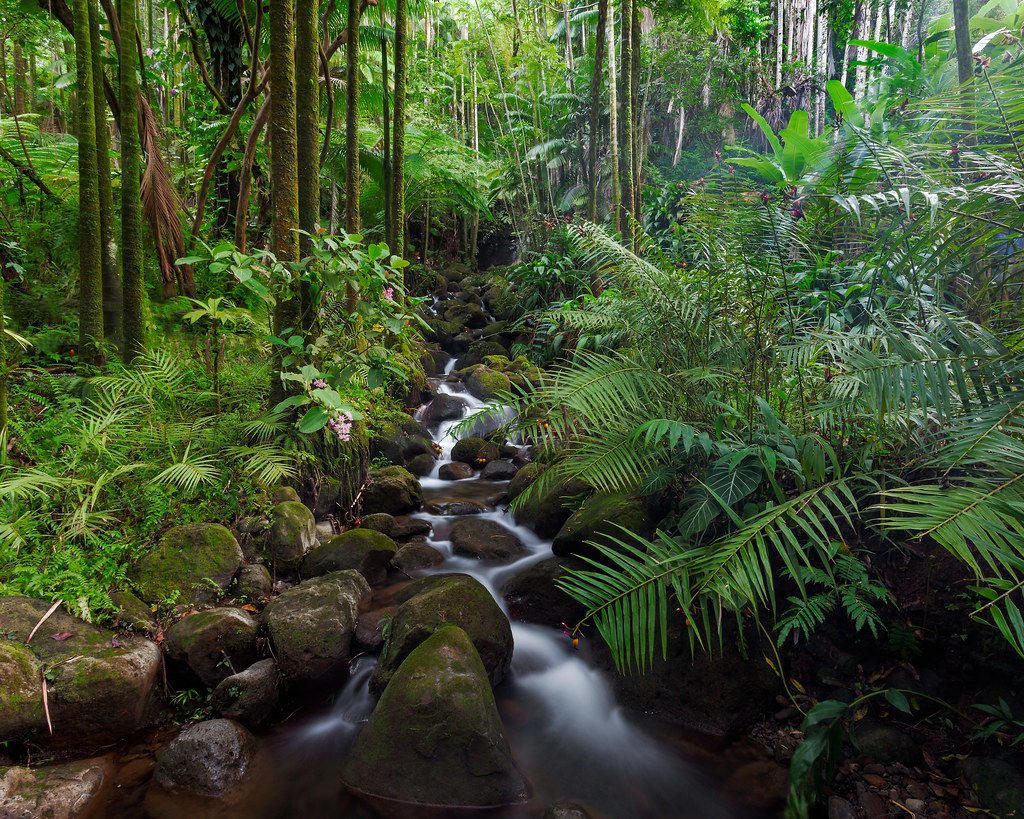Environmental & Science Educcation
STEM
Maths
History of Science
Women in Science
Edward Hessler
One way to honor a person who has made significant contributions to society is to name or re-name a building after them. On Friday, February 22, 2019 , the
National Aeronautics and Space Administration (NASA) renamed a computing facility in West Virginia to honor Katherine Johnson. You will recall her from the the
book (I'm a book guy.) and
movie, "Hidden Figures."
The NASA center is now known as the
Katherine Johnson Independent Verification and Validation Facility. Among the analytic work she did for NASA was the trajectory analysis for the first human spaceflight (1961) followed by work on John Glenn's earth orbital mission (1962), and
Apollo 11 (1969), the mission that landed the first two people to walk on the moon, John Glenn and Buzz Aldrin. Michael Collins was also an important member of that crew.
No matter the hurdles she faced as an African American, a woman, becoming a mathematician, working at NASA in a segregated facility, making complex calculations by hand--try to let that fact sink in, she did her work and did it well. Accurately, too.
In a report I enjoyed by
Huffington Post's Carol Kuruvilla "her daughter, Joylette Hylick, told The New York Times her mother 'remains in awe about the honors she's received. Johnson 'can't imagine why people would want to honor her for just doing a good job,' Hylick told the newspaper on Friday." By the way she is also the recipient of the
Silver Snoopy award, an award from people who counted and relied on her work--NASA astronauts.
To learn more about Katherine Johnson, see the official
NASA biography, a
news article on the occasion of her 100th birthday, and the
Wiki entry which includes a complete list of honors and awards.
Katherine Johnson is a remarkable person.

 CGEE Student Voice
CGEE Student Voice